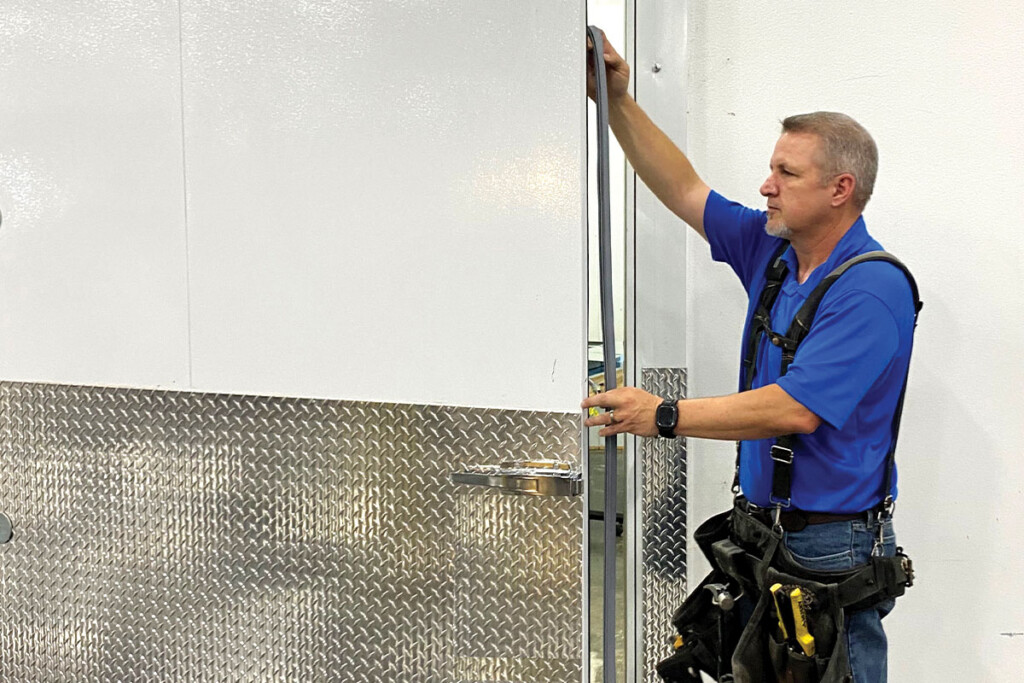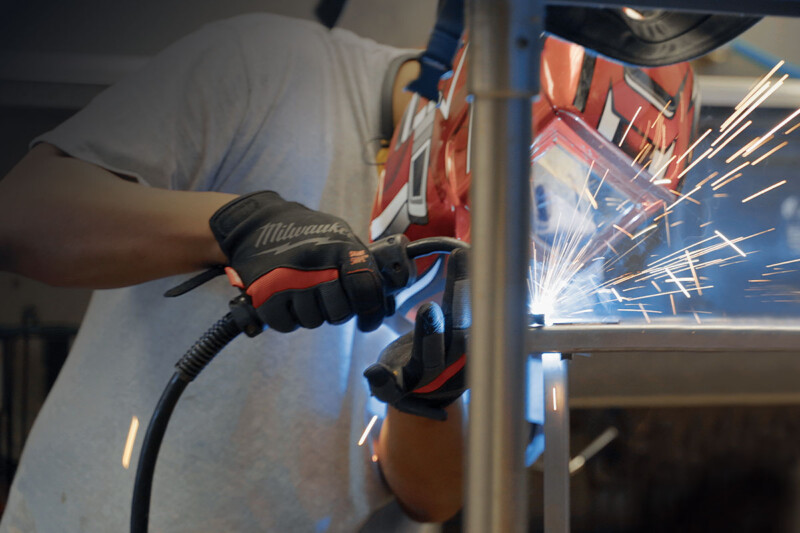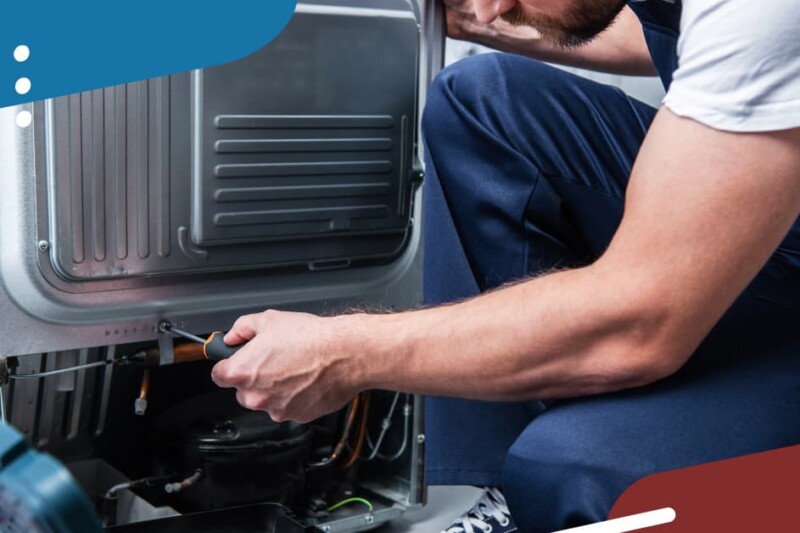The Finer Print of Walk-In Care
Follow these tips from certified service professionals to keep your walk-ins chillin'.

Your walk-in cooler and freezer hold valuable (and costly) food inventory needed for daily operations. To protect this asset, take note of some mistakes that service agents have seen firsthand, like:
PROPPING THE DOOR OPEN LONG-TERM. Keeping the door ajar during deliveries is one thing, but Daniel Cornell, an 11-year service manager at Coastline Cooling’s office in Tampa, Fla., has seen some extremes, like doors held open by bungee cords for hours on end, allowing a steady stream of warm kitchen air into the box and running up utility bills while straining the system. “We actually had one restaurant customer where they would prop their walk-in door open with a broom handle,” he says. “They did it for so long, and so regularly, that they actually bent the door and had to have the door replaced.”
NOT ENSURING A PROPER CLOSE. The door itself might need an adjustment by a technician so it will self-close, and seal, properly. “That half-inch or quarter-inch gap becomes a huge air leak, and depending on the kitchen, you can get a lot of moisture inside—which can lead to ice buildup on the evaporator coil and big headaches,” says 30-year service veteran Wayne Stoutner, vice president of field service operations for PT Holdings Service Group, based in Addison, Ill.
NOT COVERING ACIDIC FOOD. “Foods such as salsas, tomatoes, any of your citrus products, will release acid into the air, where it will eat away at the evaporators and shorten their lives,” Cornell says. “We’ve seen cases where the acid in the air has actually led to holes in the evaporator drain pan. Water will just drip right through it. The fix would be to replace [affected areas] of the evaporator, but if parts are no longer available, we would have to replace the whole evaporator.”
NOT LETTING THE EVAPORATOR COIL BREATHE. Stoutner says he’s seen operators place boxes on shelves right next to the evaporator coil, which blocks crucial airflow. “This leads to the coils freezing up, and a service call,” he says. “Ideally, operators should leave 12 inches to 18 inches of clear space all around the evaporator unit.”
NOT MONITORING THE FREEZER’S DRAIN LINE. If a drain line freezes, water will back up into the evaporator pan and turn into a block of ice, potentially going so far as splitting the drain line, says Michael Hess, president of 1-2-3 Equipment Solutions in Richmond, Va. “We recommend installing a lighted-plug type of heat tape for the drain line so operators can confirm at a glance whether the heat tape is working to keep water flowing through the drain,” Hess says.
NOT FOLLOWING PROPER CLEANING PROTOCOL. Hess recalls one client, a national brand, that used a hot water hose to wash their walk-in interior. “We have photos where you can see the steam rolling out of the walk-in because they’re using 120-degree water in a 35-degree box,” he says. “The system can’t keep up, so all that humidity starts to freeze on the evaporator coil. And once the freezing starts, it snowballs from there.”
NOT KEEPING CONDENSER FINS CLEAN. “Depending on where they’re located, condenser fins can get clogged with dust and grease [requiring a service call] or if outdoors, dust and, for example, cottonwood fluff,” Stoutner says. He recommends using compressed air or a condenser fin comb to clear the fins of dust and debris.
Be sure to protect your walk-in cooler and freezer. Considering the amount of product inventory it holds, the walk-in plays a crucial role in daily operations and the bottom line. A well-cared for unit can last 15 years on average.
RELATED CONTENT
- Advertisement -
- Advertisement -
- Advertisement -
TRENDING NOW
- Advertisement -
- Advertisement -
- Advertisement -


